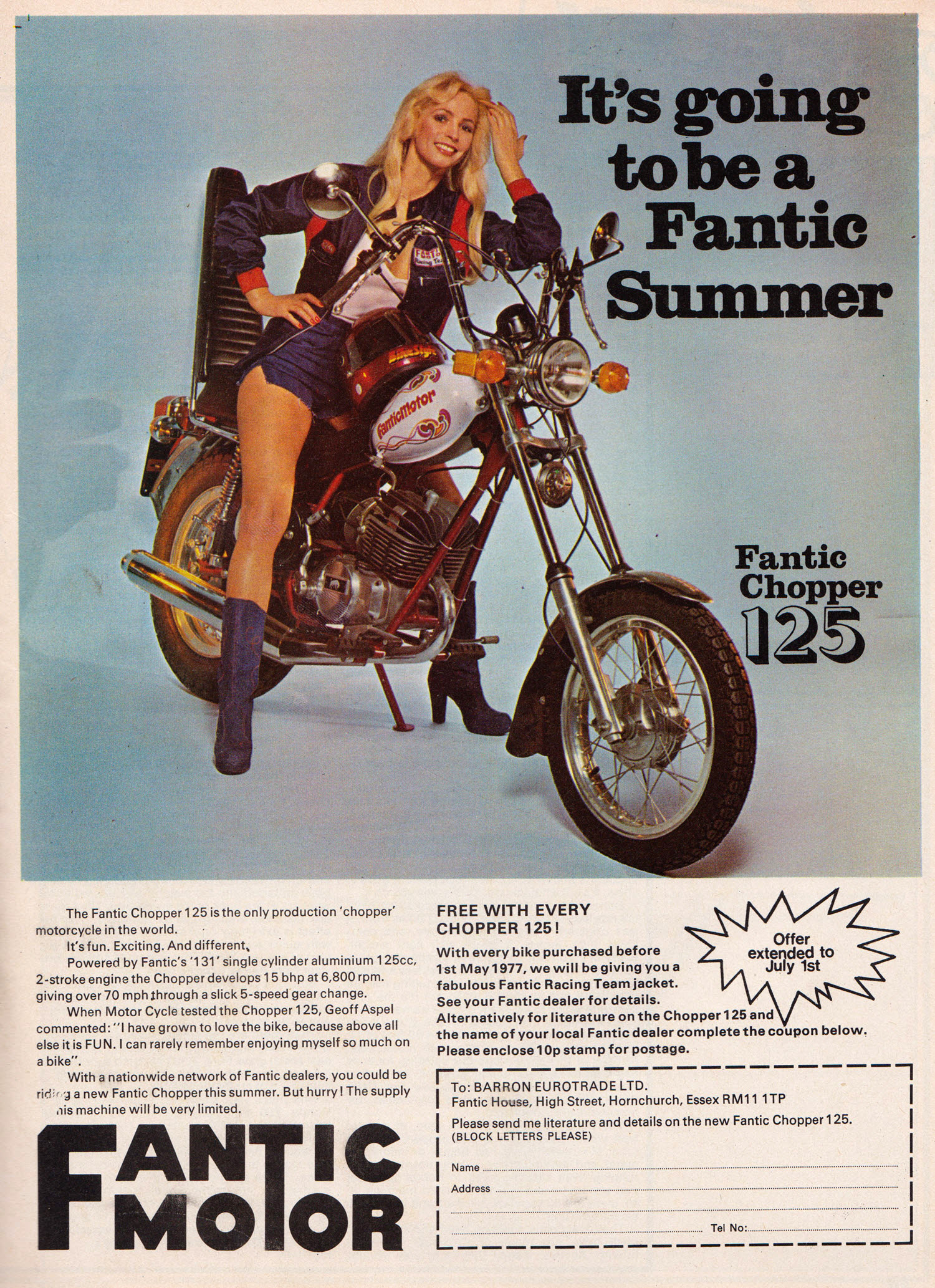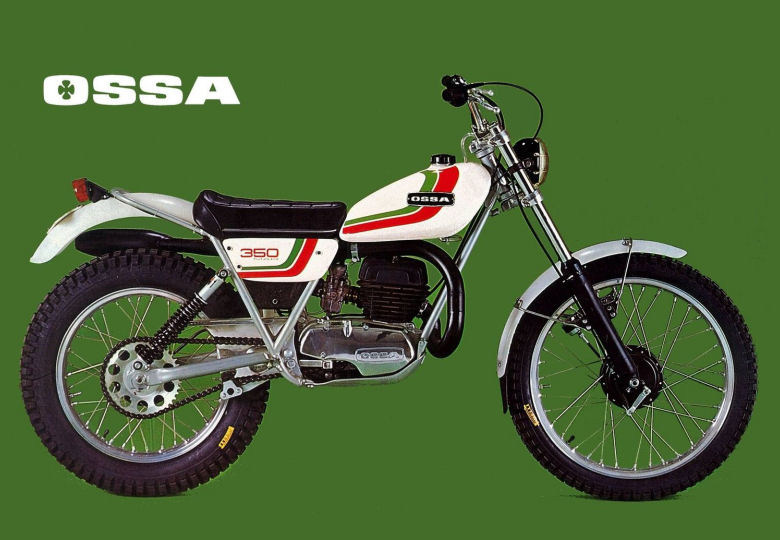

In 1963, the brand pulled the covers off of the Continental GT: a factory café racer with a powerful punch.īuilt around a 248 cc air-cooled single-cylinder engine, with 20 horsepower on tap, the Continental ticked all of the right boxes for budding café racers on a budget. Eager to capitalize on this trend, and produce a smaller capacity and more affordable factory-made alternative to the likes of the BSA Gold Star, Royal Enfield set to work inadvertently creating a classic. While the Bullet is probably the best-known model in the Royal Enfield line-up, it’s the Continental that best encapsulates the 1960s.Īt the end of the 50s, the café racer king in Great Britain. It’s a heritage brand with a long and illustrious history, with a legend that began in England but now thrives in India. Royal Enfield is one of those brands that often gets overlooked on lists like these. However, the BSA Rocket Gold Star is a must-have for any collector looking to curate a collection of the best 60s motorcycles. Even though 1,584 were made, 272 of those were heavily modified for off-road riding instead, so pristine models are very hard to come by. With such a small production volume, they have become incredibly sought after and command terrifyingly high prices.

Good luck trying to find one of these for your collection though. Under the proverbial hood, the Rocket Gold Star drew power from a 650 cc parallel-twin engine that produced an impressive output of 40 horsepower and delivered top speeds of up to 115 mph. Unlike the regular Gold Star models that could be purchased with either a 350 cc or 500 cc single-cylinder powerplant, the top-spec Rocket Gold Star featured a different engine configuration. Manufactured for a very brief period between 19, and with only 1,584 units ever made, it’s a rare beast indeed. The Gold Star itself is worthy of note, with a history stretching from 1939 to 1963, but if push came to shove and we needed a single BSA model to sum up the 60s, it would be the Rocket Gold Star. BSA Rocket Gold Star Photo CreditīSA’s Rocket Gold Star was the uprated version of BSA’s legendary Gold Star. Since its re-introduction, the Scrambler has grown into an entity in its own right: and that’s why we consider the Scrambler to be one of the most influential and greatest motorcycles of the 1960s. It’s no wonder that Ducati was keen to re-introduce the range in 2015. Equipped with a potent 340.2 cc single-cylinder engine, 27 horsepower, Marzocchi suspension, spoked wheels, and a lightweight frame, the Scrambler could hit speeds of up to 81 mph, whilst looking incredible at the same time. The 350 model, was a particular favorite. These Scramblers were available in 250 cc, 350 cc, and 450 cc displacements (with an additional 125 model added in the 70s), and were widely popular.

Produced between 19, the original Ducati Scramblers were powered by single-cylinder engines in a variety of sizes, with frames altered for off-road riding, and dirt-track accessories.

Today, the modern Scrambler range features a number of exciting models that have gone on to become some of Ducati’s best sellers, but the Scrambler of today wouldn’t exist without the original Scrambler line of the 1960s. The first Ducati Scrambler rolled onto the scene in 1962 and left a lasting legacy. With that in mind, let’s take a look at some of the best motorcycles of the 1960s. No matter how you view the 1960s, there’s no denying that it was an exciting time to be on two wheels. Safety measures and rider protectives were under the spotlight, and the decade ushered in new innovations, culminating in the Bell Star- the first real full-face helmet-hitting the market in 1966. The racing scene was experiencing a golden age, with racing championships becoming mainstream entertainment and riders like Giacomo Agostini and Mike Hailwood becoming household names. The 60s would bring about the beginning of the end for the British industry, an unexpected rise of the Japanese industry, and a shift from small-capacity mobility solutions to thoroughbred performance bikes. As the mobility culture shifted from affordable motorcycles to affordable four-wheelers, the industry found itself at something of crossroads and on the cusp of an identity crisis. The 1960s was a transformative time for the motorcycle industry.


 0 kommentar(er)
0 kommentar(er)
